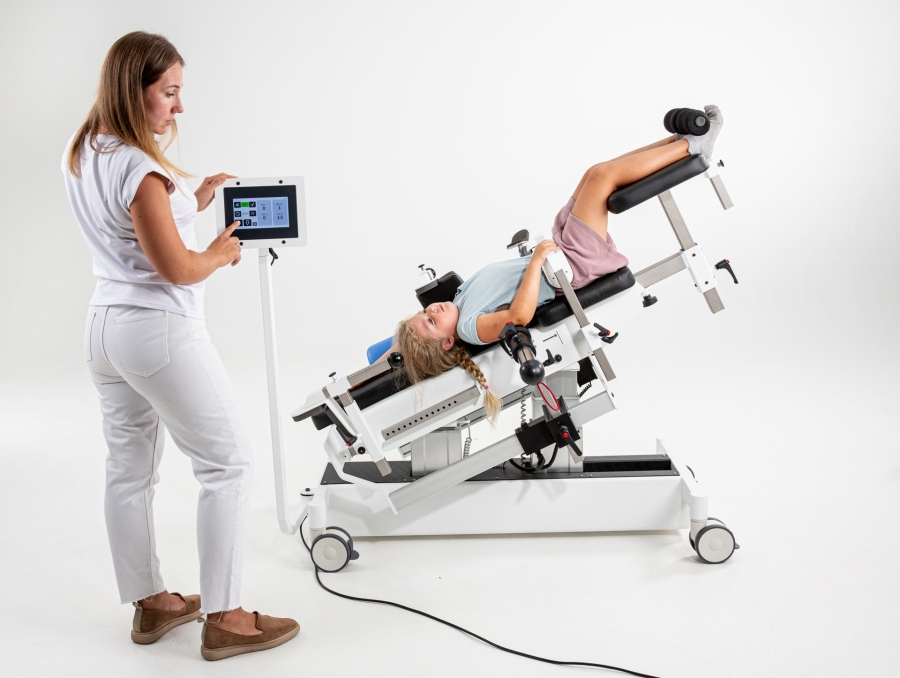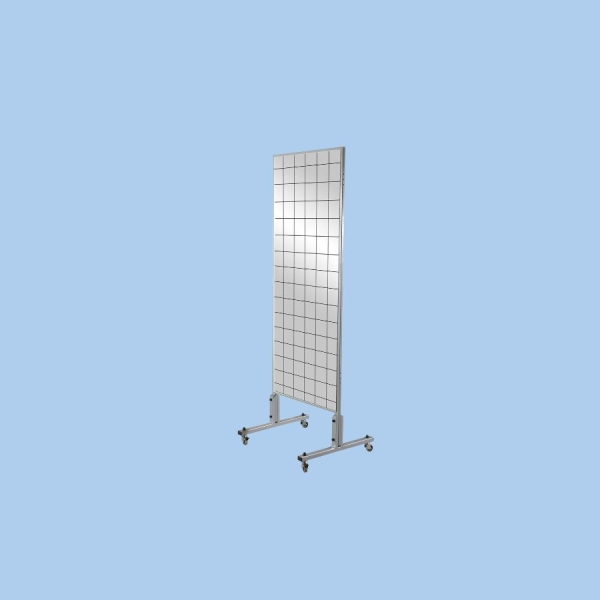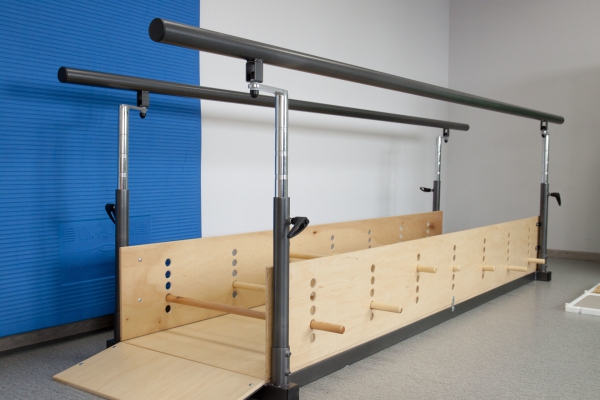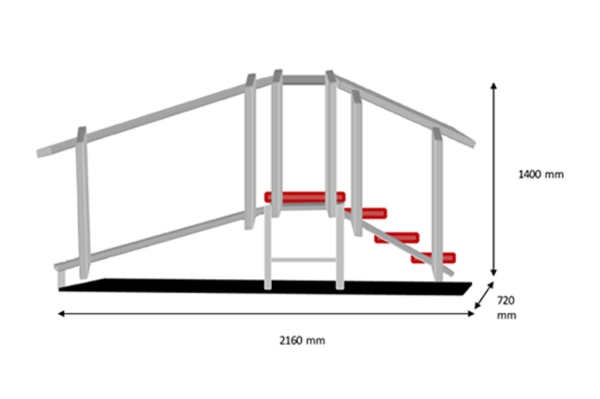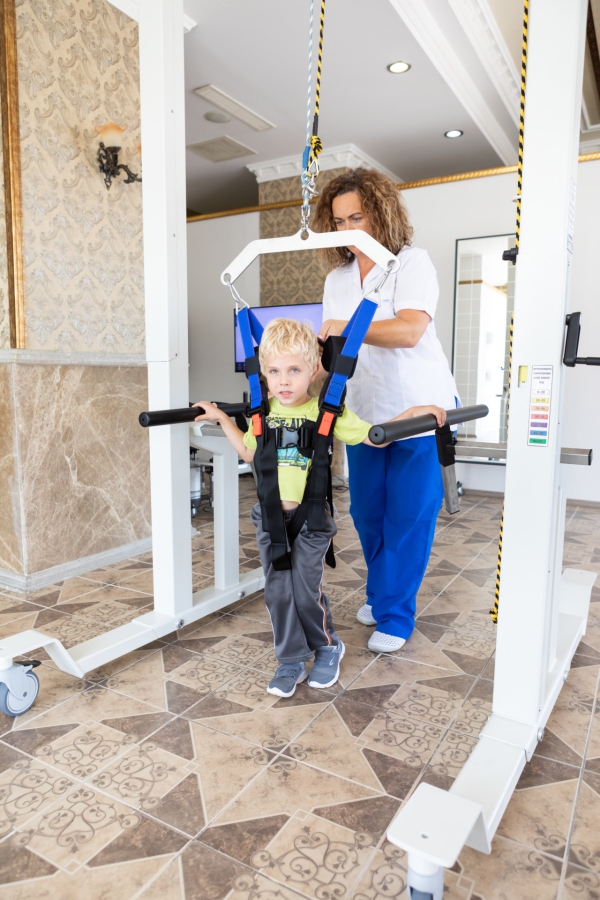GraviSpine is a device that allows to perform innovative treatment of scoliosis of children and adolescents. Device can also be used by adult patients with scoliosis to improve the quality of life, as well as for the treatment of back pain syndromes in adults.
GRAVISPINE
Features
- The device accelerates the treatment of already developed scoliosis and inhibits the progression at the stage of scoliosis formation.
- It is an alternative to other scoliosis therapy devices used so far.
- Quick patient service time (fastening and disconnecting the patient from the device takes up to 5 minutes).
- Easy transport – even for a single therapist – thanks to resistant wheels with brakes.
- Scoliometer included.
What makes GraviSpine efficient?
-
Spinal joints unweighing facilitates the lateral correction and derotation of the curvature of the spine. This creates favourable conditions for the correction of scoliosis without the use of high pressure.
-
Lying position of the patient and the use of lateral counterparts (hip and shoulder) with trunk stabilization, results in a precise three-plane correction of the spine while maintaining the stabilization of the pelvic-spine connection.
-
Due to the horizontal position and two-plane stabilization of the pelvis (in the transverse and sagittal plane), but also in the frontal plane (through the lower limbs lift), the spine is not decompensated in the sections above and below the curvature.
-
Automated change of the table inclination angle allows for the anti-gravity relief of the spine at any angle change intervals.
An exemplary course of therapy
Scoliosis
- 2-3 meetings a week, therapy 2 x 20 minutes with a 20-minute break between therapeutic sessions.
Scheuermann’s disease
- 2-3 meetings a week, therapy 2 x 20 minutes with a 20-minute break between therapeutic sessions.
Functional shortenings of the lower limbs
- 1-2 meetings a week, therapy 2 x 20 minutes with a 20-minute break between therapeutic sessions.
Th and L-S spine pain syndromes in adults and adolescents
- 3-4 meetings a week, therapy 3 x 20 minutes with a 20-minute break between therapeutic sessions.
Inflammation of the intervertebral discs and vertebrae in adolescents and adults
• 3-4 meetings a week, therapy 3 x 20 minutes with a 20-minute break between therapeutic sessions.
Technical data
- Dimensions (L x W) [mm]: 2300 x 700
- Range of bed height adjustment [°]: 0 - 45
- Max weight of patient [kg]: 120
Image Gallery
https://technomex.eu/products/kinesiotherapy/rehabilitation-device/gravispine#sigProId9f8e76c24e


